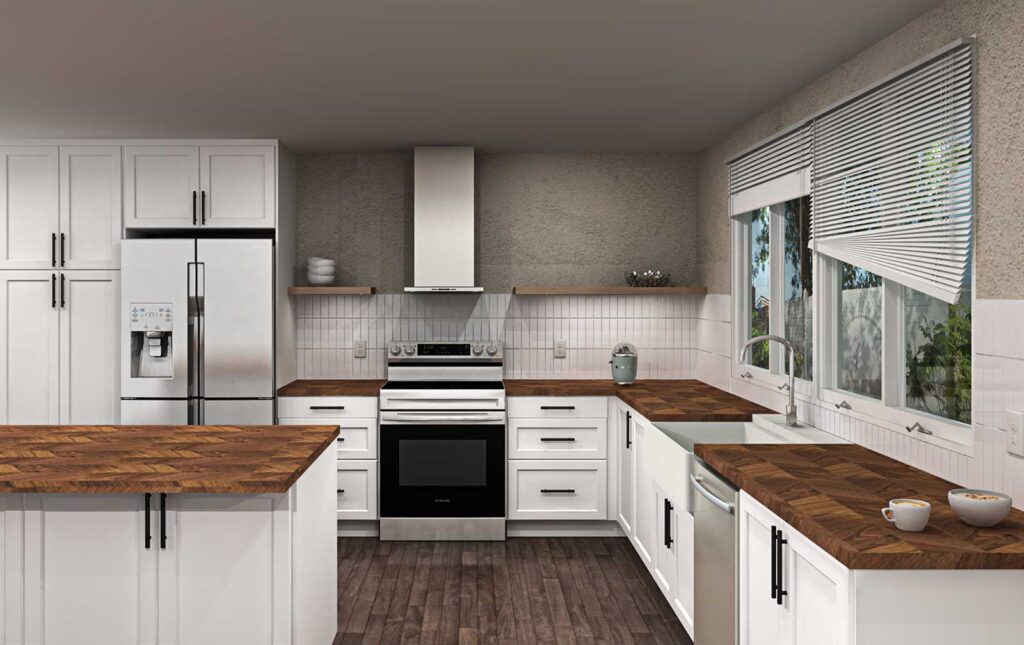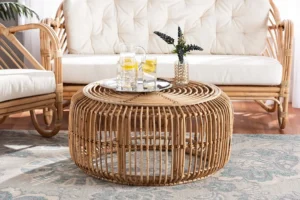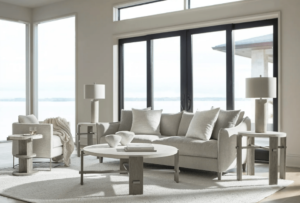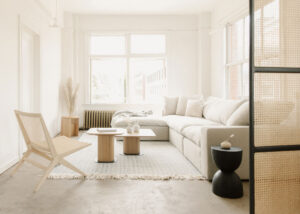When it comes to kitchen countertops, homeowners seek a balance between aesthetics, functionality, and durability. Butcher block countertops have gained popularity as a warm and natural alternative to traditional stone surfaces like granite or quartz. Their rustic appeal, versatility, and affordability make them an excellent choice for kitchens of all styles. In this guide, we’ll explore everything you need to know about butcher block countertops, including their benefits, types, maintenance, installation, and design ideas.
Benefits of Butcher Block Countertops
1. Aesthetic Appeal
One of the primary reasons homeowners choose butcher block countertops is their natural beauty. They add warmth and character to the kitchen, making the space feel more inviting. Whether you have a modern, farmhouse, or traditional kitchen, butcher block can complement various design styles.
2. Durability and Longevity
Made from sturdy hardwoods like maple, oak, or walnut, butcher block countertops are highly durable. When properly maintained, they can last for decades. Unlike stone surfaces that can crack under impact, butcher block offers a softer and more forgiving surface.
3. Easy on Knives
Unlike granite or quartz, which can dull knife blades quickly, butcher block provides a softer surface that is gentle on your knives. This makes it an ideal choice for avid home cooks and bakers.
4. Affordability
Compared to high-end materials like marble or quartz, butcher block countertops are a budget-friendly option. The cost varies depending on the wood type and finish, but overall, they offer excellent value for money.
5. Eco-Friendly and Sustainable
Many butcher block countertops are made from sustainably sourced wood or reclaimed materials. If you’re looking for an environmentally friendly countertop option, butcher block is a great choice.
Types of Butcher Block Countertops
1. Edge Grain Butcher Block
This is the most common type of butcher block, featuring long wooden planks glued together with their edges facing up. It is durable, resistant to warping, and has a uniform appearance.
2. End Grain Butcher Block
Made by arranging small wood blocks with the grain facing upward, end grain butcher block is more durable and gentle on knives. It often has a checkerboard pattern and is a premium option due to its superior durability.
3. Face Grain Butcher Block
This type showcases the full width of the wood plank, highlighting the natural grain pattern. While it has a beautiful aesthetic, it is more prone to scratches and dents, making it better suited for decorative purposes rather than heavy-duty use.
Installation of Butcher Block Countertops
Installing butcher block countertops can be a DIY project or professionally done. The installation process includes:
- Measuring and Cutting – Proper measurements ensure a precise fit. Wood-cutting tools like circular saws or jigsaws are used to cut the slabs to size.
- Sanding and Sealing – Sanding smooths the surface, while sealing prevents moisture damage.
- Attaching to Cabinets – The butcher block is secured to base cabinets using screws and brackets.
- Finishing Touches – Applying food-safe oil or polyurethane enhances longevity and protects against spills.
Maintenance and Care Tips
To keep your butcher block countertops in excellent condition, follow these maintenance tips:
1. Regular Oiling
Applying mineral oil or butcher block conditioner every few weeks helps maintain moisture levels and prevents drying or cracking.
2. Cleaning Properly
Use a mixture of mild soap and water to clean the surface. Avoid harsh chemicals that can strip the wood’s natural oils.
3. Preventing Water Damage
Always wipe up spills immediately to prevent water from seeping into the wood. Using a waterproof sealer can provide extra protection.
4. Avoiding Scratches and Stains
Although scratches and stains add character to butcher block, they can be minimized by using cutting boards and trivets for hot pots.
5. Sanding Out Imperfections
Light sanding can remove minor scratches or stains, followed by reapplying oil or sealant.
Design Ideas for Butcher Block Countertops
1. Rustic Farmhouse Kitchen
Pair butcher block countertops with white cabinets, farmhouse sinks, and vintage-inspired fixtures for a cozy and inviting space.
2. Modern Minimalist Look
Combine butcher block with sleek black or navy cabinets and stainless-steel appliances for a contemporary aesthetic.
3. Mixed Materials Approach
Create contrast by pairing butcher block with stone or quartz countertops in different areas of the kitchen.
4. Island Workstation
Use butcher block exclusively on a kitchen island to create a functional and stylish prep space.
5. Dark-Stained Elegance
Opt for a darker stain to add sophistication and contrast in an all-white kitchen.
Conclusion
Butcher block countertops are an excellent choice for homeowners looking for an affordable, stylish, and functional countertop option. Their natural warmth, durability, and eco-friendly appeal make them a favorite in modern kitchens. With proper care and maintenance, butcher block can last for years, offering a timeless charm that enhances any kitchen’s aesthetic. Whether you prefer a rustic farmhouse look or a sleek modern design, butcher block countertops can elevate the overall feel of your space. Consider them for your next kitchen remodel and enjoy the beauty and functionality they bring!






